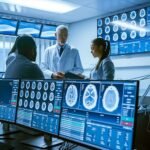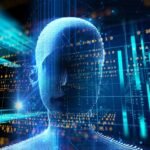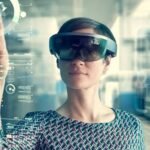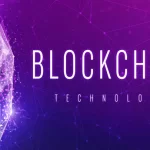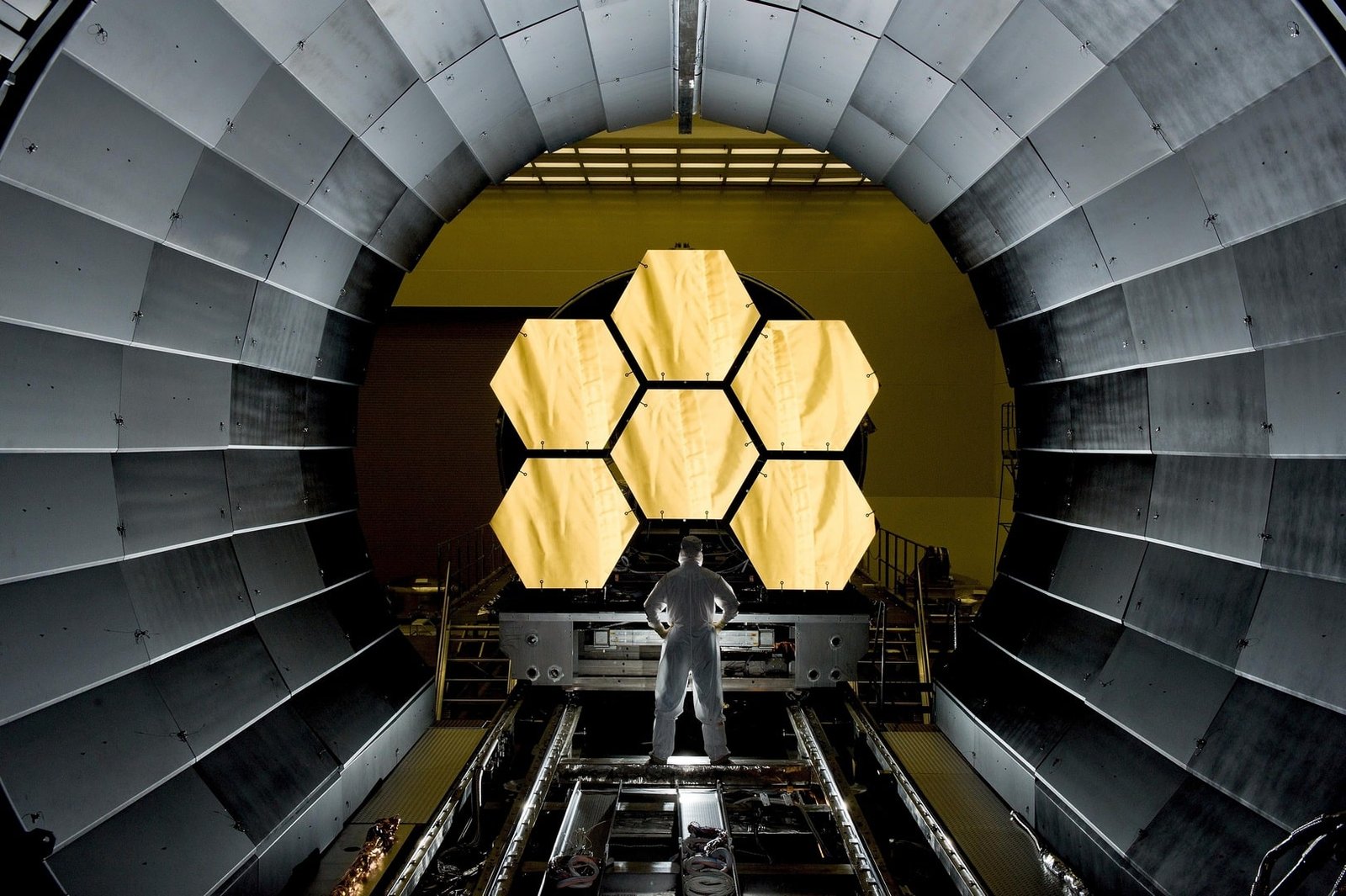The Internet of Medical Things (IoMT) and Healthcare Innovation
Enhanced Patient Monitoring and Remote Care One of the key benefits of IoMT is its ability to enable real-time patient monitoring and remote care. Connected devices such as wearables, smartwatches, and biosensors can collect vital signs, track activity levels, and continuously monitor patients’ health conditions. This data can be transmitted to healthcare providers in real-time, allowing for early detection of abnormalities and timely interventions. Remote patient monitoring also enables healthcare professionals to extend their care beyond traditional healthcare settings, improving access to healthcare services for patients in remote areas or those with limited mobility.
Improved Diagnosis and Treatment IoMT empowers healthcare providers with access to a vast amount of data that can be analyzed and processed using advanced algorithms and artificial intelligence. This data-driven approach can lead to more accurate and timely diagnoses, enabling healthcare professionals to make informed decisions. For example, image recognition algorithms can assist radiologists in identifying and analyzing medical images, improving the accuracy of diagnostic interpretations. Similarly, machine learning algorithms can analyze patient data to identify patterns and risk factors, aiding in personalized treatment plans and preventive interventions.
Efficient Healthcare Systems The IoMT plays a vital role in streamlining healthcare systems and improving operational efficiency. Connected devices and sensors automate data collection, reducing the need for manual entry and minimizing the risk of errors. Additionally, IoMT facilitates seamless communication and collaboration among healthcare professionals, enabling efficient care coordination and interdisciplinary consultations.
Real-time data exchange and integration with electronic health records (EHRs) ensure that healthcare providers have access to comprehensive and up-to-date patient information, leading to better-informed decisions and more efficient workflows. Enhanced Patient Engagement and Self-Management With IoMT, patients are empowered to take an active role in their healthcare journey.
Connected devices and mobile applications provide patients with personalized health information, reminders, and educational resources. Patients can monitor their own health parameters, such as blood pressure, glucose levels, or medication adherence, and receive immediate feedback and guidance. This increased engagement and self-management can lead to better patient outcomes, improved adherence to treatment plans, and reduced healthcare costs.
Challenges and Considerations While IoMT presents tremendous opportunities, there are challenges and considerations that need to be addressed. Data security and privacy are of paramount importance, as the interconnectedness of devices increases the vulnerability to cyber threats. Healthcare organizations must ensure robust security measures, encryption protocols, and strict access controls to protect sensitive patient data. Interoperability standards and data integration across various systems and devices are also essential to enable seamless data exchange and collaboration.
The Internet of Medical Things (IoMT) holds immense potential in transforming healthcare delivery, improving patient outcomes, and driving innovation. Through enhanced patient monitoring, improved diagnosis and treatment, efficient healthcare systems, and increased patient engagement, IoMT is reshaping the healthcare landscape. However, it is crucial to address the challenges and considerations associated with data security, privacy, and interoperability. As IoMT continues to advance, it will pave the way for a more connected, patient-centered, and efficient healthcare ecosystem, ultimately improving the quality of care and saving lives.







